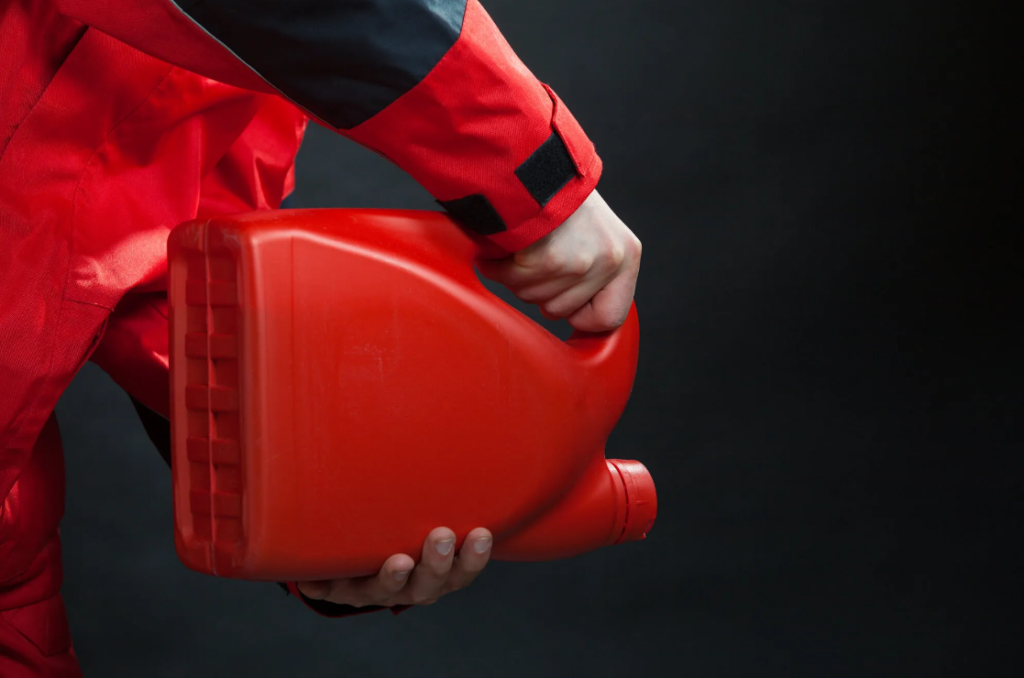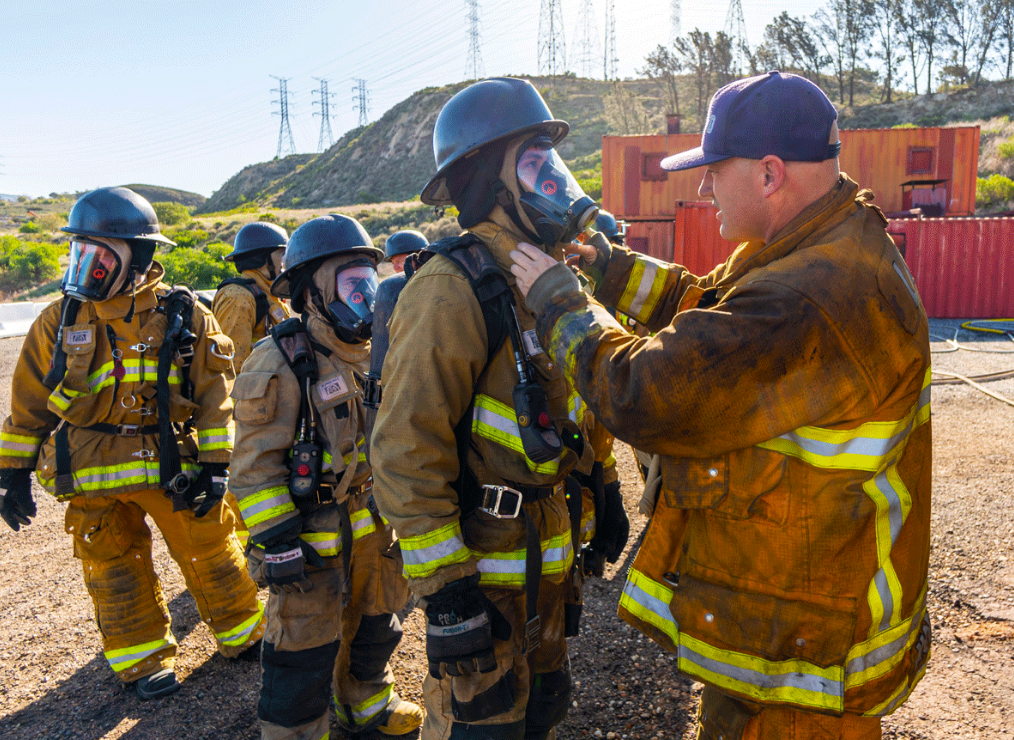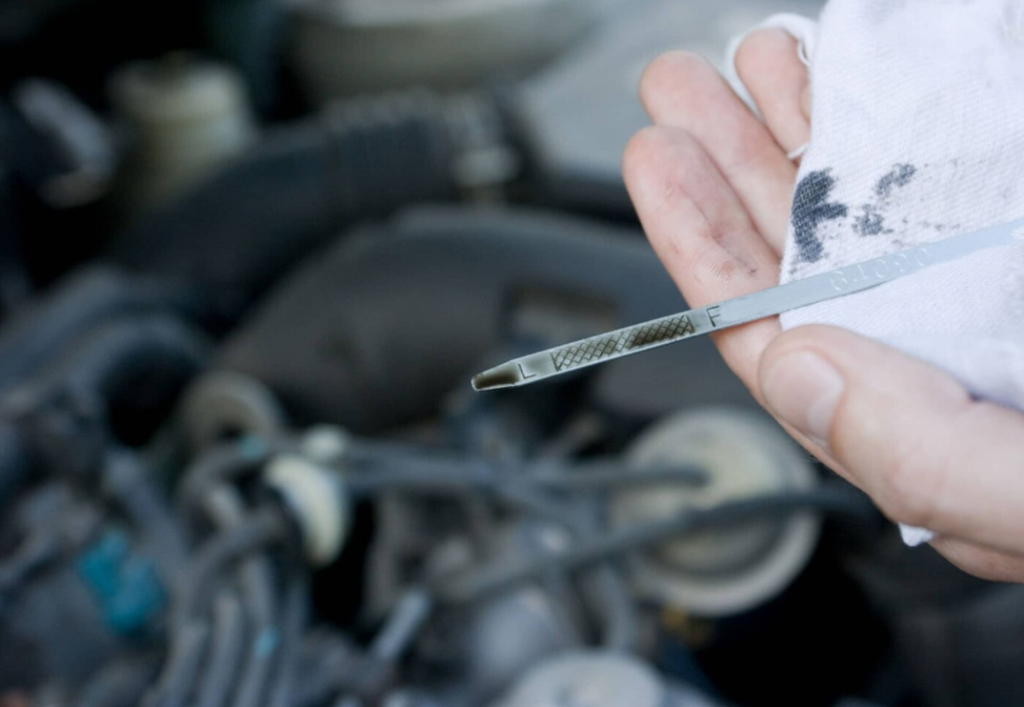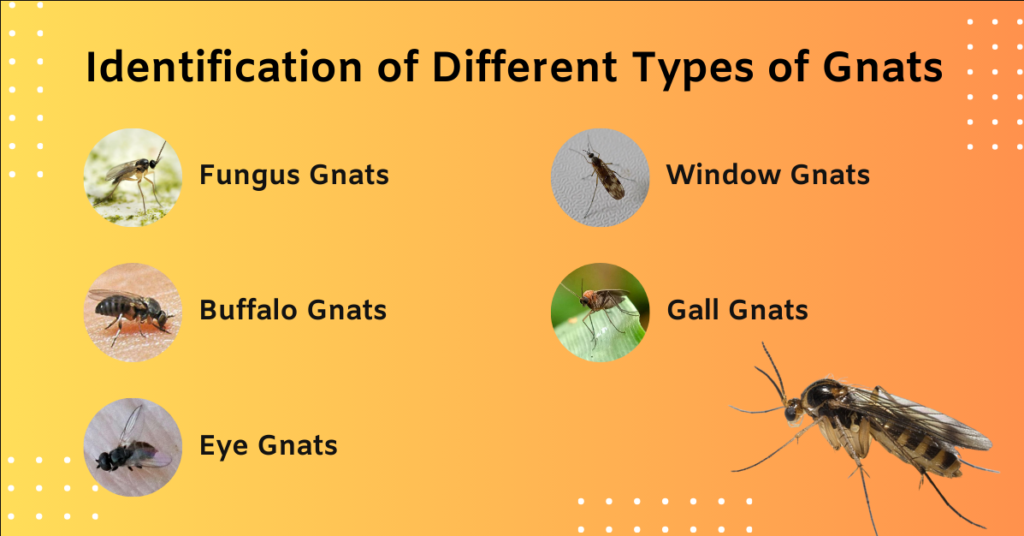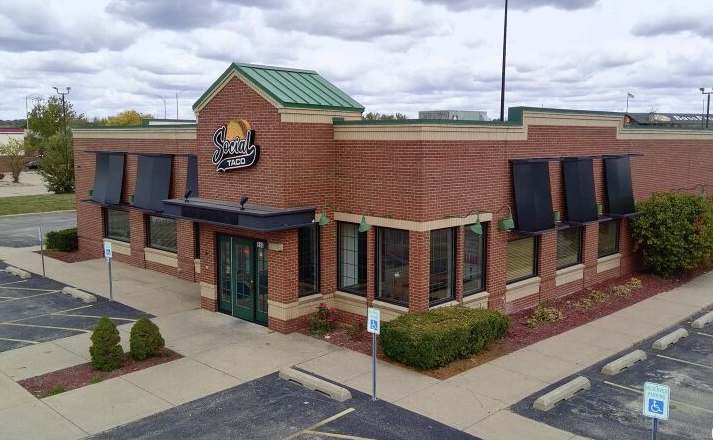Isabella Piercing: A Complete Guide to the Boldest Genital Piercing
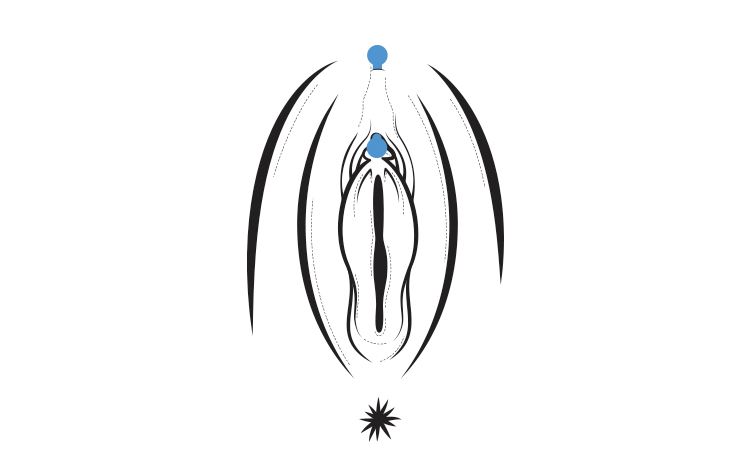
Introduction Isabella Piercing
Body modifications have been integral to human culture for thousands of years, and Isabella Piercing is one of the most popular means of self-expression. Genital piercings are one of the hottest and most controversial body piercings of all. One of the rarest and most extreme forms of piercing is the Isabella piercing. Isabella piercings, including how they have advanced, issues, and trends in future body modification.
What Is an Isabella Piercing?
Officially called the Isabella, this exotic type is an intense vertical genital piercing for those who possess female anatomy. It travels through the clitoral shaft, exiting at the top of the pubic mound. This piercing is among the most deeply involved and complex work. The condition is rare and often misunderstood, given its location and its dangers.
Progresses on Procedures of Isabella Piercing
The technique of executing an Isabella process has improved over the years, which means safer procedures and better healing. Here are some notable developments in this piercing method:
Study on Enhanced Sterilization Methods
Most professional piercers nowadays also have autoclave sterilization rooms and single-use needles.
Over strict hygiene protocols, the risk of infection is instantaneous.
Improved Jewelry Designs
Now, titanium and surgical steel are your materials of choice to avoid allergy issues.
Specialized, shaped barbells accommodate diverse anatomical structures.
Pain Management Innovations
Numbing agents and topical anesthetics are used to minimize discomfort.
Advanced trained piercers perform the procedure quickly to minimize the pain.
Techniques and Products to Use Afterwards
Recovery rates are improved with saline solutions and specialized healing balms.
When Lifestyle Modifications Are Done With Knowledge, Avoid Irritation And Complications
Having Isabella Piercing Comes with Challenges
Isabella piercing is an innovative development and a landmark building in the field of body modification, but even after such improvement, there are challenges that people should know before going through this procedure.
High Pain Level
The piercing pierces through dense, sensitive tissue, making it one of the more painful body modifications.
Extended Healing Time
Common piercings will heal over weeks, but an Isabella piercing will recover within months to a year.
Risk of Nerve Damage
Because of its location, an Isabella piercing that’s not properly placed can cause irreversible damage to your nerves and cause a numb sensation.
Skilled Piercers Are in Short Supply
Not every professional piercer is trained or experienced in safely piercing an Isabella.
So, researching an expert for genital piercings is pertinent to having a positive result.
Infection and Rejection Risk
Deeper tissue piercings are more prone to rejection or infection if not properly cared for.
Complications include too much swelling, prolonged redness, and pus/”fluid” discharge.
Isabella Piercing: Looking Ahead
Despite its evolution over time, the body modification industry never sleeps, and advances will only continue to improve the practice of Isabella piercings regarding safety, materials, and aftercare.
They are Biocompatible Jewelry Innovations
Newer materials, including bioplastics and niobium, provide flexibility and lower rejection rates.
.Listing Section AI-Assisted Piercing Procedures
Tech is coming to a piercing shop near you, from AI-powered tools that can help piercers determine the most flattering place — and the least risky place — to get a piercing.
Enhanced Healing Therapies
Among the future trends are laser therapy and LED light therapy for faster healing.
Creating Greater Awareness and Acceptance
With piercings like Isabella’s going more mainstream, more people are opening up to hearing more extreme body modifications.
FAQs About Isabella Piercing
Isabella’s piercing pain — how bad does it hurt?
It is one of the most painful because it goes deeper into the tissue than many other piercings.
How long does it take for an Isabella piercing to heal?
Depending on aftercare, healing can take 6 months to a year.
What jewelry is suitable for an Isabella piercing?
Hypoallergenic materials — such as titanium or surgical steel barbells — are good options.
Are there any risks involved with Isabella piercings?
But yes, risks—and this is not an exhaustive list—include nerve damage, infection, delayed healing, and even possible jewelry rejection.
May I engage in sexual activities during the recovery time?
The recommendation is not to have sex, or at least sexual activity, including oral sex, for a week or two at least to minimize HPV irritation and HPV infection.
Where to get an Isabella piercing?
Look online for user reviews, request professional credentials, and ensure they possess the expert in advanced genital piercings.
Is Isabella’s piercing removable?
Though it can leave scar tissue, nerve damage may not be reversible.
How do I clean my Isabella piercing?
Wash with saline solution twice daily, and do not use irritating soaps or alcohol-based products.
Conclusion
Probably the most extreme and rare form of body modification is the Isabella piercing. Despite its risks, new techniques, tools, and healing methods have heightened the safety of this procedure and made it more achievable for those interested in this daring statement. With knowledge of the challenges, proper aftercare, and guidance from a professional piercer, one can confidently embrace the singular beauty of an Isabella piercing.
Key Takeaways
A rare and complex vertical genital piercing, the Isabella is distinguished by two piercings, one through each labia lip.
The developments in sterilization, jewelry, and healing methods have enhanced the procedure’s safety.
The most significant challenges are pain, healing time, and risk of nerve damage.’
The future includes biocompatible materials and AI-assisted piercing techniques.
Successful results rely on correct aftercare and selecting a qualified piercer.
Welcome to our blog. We encourage you to get in touch. CONTACT US!




















































































